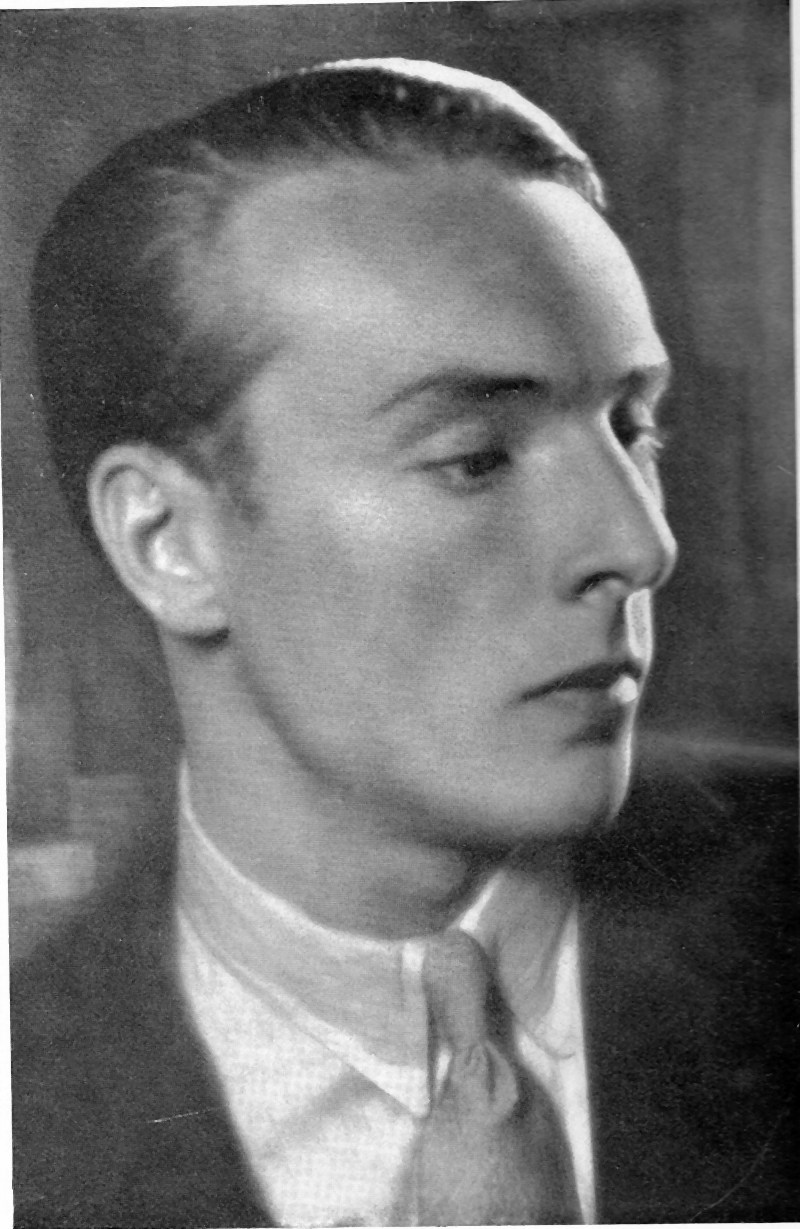
Georges Balanchine
“In his choreography, George Balanchine avoided academic positions, which was a departure from the classical canon, probably because of the acrobatic tendencies of his teacher Goleizowsky that had influenced him in his youth in Leningrad. Balanchine’s contribution to contemporary American ballet is unquestionable. His fertile creative imagination was inexhaustible and precious, but only for woman dancers…”
Les Mémoires d’Icare
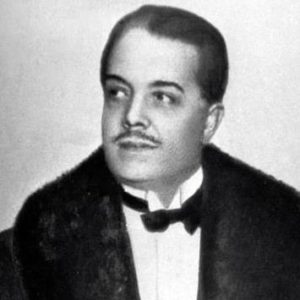
Serge Diaghilev
“Serge Diaghilev was art itself, he had the ability to change life, transmute reality. He was an inventor and the one we dreamed of having as a teacher. We did not know him, we lived from his legend which had spread throughout the world. And now he was there, near us. Diaghilev sat, and when he had spoken for a few seconds, the emotion that I felt and that kept me from understanding anything that he had said dissipated in the light of his strangely clear and youthful eyes. Now he made us talk. He asked for our impressions of a land that we had just left and already seemed for us to be on the other side of the world. While we talked to him of a Motherland that had become inaccessible to him, he remained motionless, his face dark, his gaze lost in the distance, beyond the barbed wire of the Soviet border…”
Ma vie
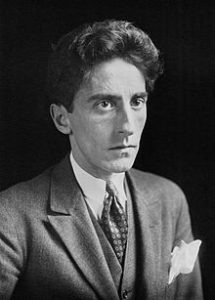
Jean Cocteau
“I often met Cocteau at the Ritz, where, before the war, he spent months as Coco Chanel’s guest, and also at La Pausa, at Chanel’s estate near Menton, on the Mediterranean coast, where he lived in the fog of opium…”
Les Mémoires d’Icare
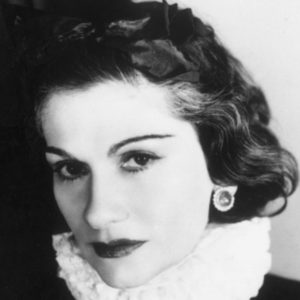
Coco Chanel
“I had nothing to fear at Coco Chanel’s, where I was fed and lodged, in the only house in Paris that greeted me and perhaps saved me, because I was undesirable everywhere else, a sort of living dead.”
Ma vie
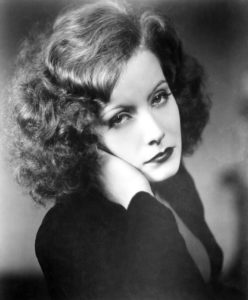
Greta Garbo
“I knew Greta Garbo well and admired her like mad… Fate had me meet her again in 1949, while she was passing through Paris. She was invited to my loge at the Opera and her enthusiasm for dance warmed my heart…”
Les Mémoires d’Icare
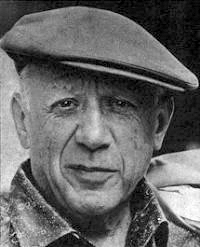
Picasso
“It was in Paris, in 1923, that I saw Picasso for the first time. There were many people around Diaghilev on the stage of the Théâtre de la Gaieté Lyrique. The following year, Picasso was again amid the Olympian coterie of the Ballets Russes. Diaghilev, Picasso, Stravinsky, Prokofiev, Juan Gris, Poulenc, Cocteau, Marie Laurencin were all together on the stage of the Mogador theatre… By showing his sketch for the curtains of Darius Milhaud’s Train Bleu, Picasso dazzled the audience, then, staring at me with plum-coloured eyes, like burning coals, Picasso ‘the Sorcerer’ whispered to Diaghilev: “Look at that dancer, he has classic forms… he will be your dancer”. My heart was pounding, I blushed for my timidity, and so Picasso became my “godfather”. I stepped into the arena of life and, from that moment on, all along my whole life, I had the privilege of being accepted by the artist and being his friend.”
Mon hommage à Pablo Picasso, ce sorcier divin
“From then on, I was accepted into Picasso‘s family and I often went with Diaghilev to his apartment-studio in the Rue de la Boétie, where Picasso liked to show us his unfinished compositions, with the paint still fresh. He had an insatiable curiosity and always wanted to be informed about everything that was happening in the company. Olga, the painter’s wife, had practiced dancing and been part of Diaghilev’s troupe, which is where she met Picasso. He had gone to Rome at Diaghilev’s invitation to make the sets for Cocteau and Satie’s ballet Parade…»
Les Mémoires d’Icare
“As for Picassos creative genius, it was the very essence of life. He had this instinctive power of perpetual movement that sprang from his heart of hearts and that manifested itself in forms and colours, in which all logic is overturned by the negation of the laws of normality and in which a new world takes shape and is born in its artistic truth. Picasso transforms and transfigures the present and reality… Whenever I visited his studios, in the Rue de La Boétie or the Quai des Grands-Augustins, La Californie, or Notre-Dame-de-la Vie, I always found the atmosphere of a monastery or cathedral, in which the magic of this new Faust dazzled me constantly… Always slender, athletic, merry, mocking and timid, extraordinarily young, Picasso was a genial peasant who lived very naturally in folklore, without any scientific or theoretical ambitions…”
Ma vie
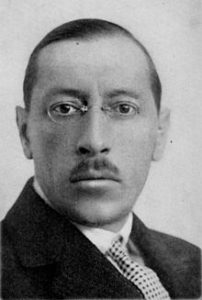
Igor Stravinsky
“The first time that I met Igor Stravinsky in the low, dark and humid rehearsal room of the Ballets Russes, I was surprised by his thin and hunched appearance, his balding head, his wide intelligent forehead, his heavy horn glasses, and especially his large ‘musician’s paws’. Who was this monkey? I thought. For he moved with great agitation, hammered on the piano, huffed, replaced the missing chords by kicking the pedal, or hitting the keyboard with his elbow to keep the tempo. It was fascinating. At times, he would suddenly stop, and then would take up the storm of sounds even more loudly. It was miraculous, diabolical, and also very Russian… Subsequently I often visited Stravinsky, either in Nice, or in Paris, Rue Saint-Honoré, or in London, Albemarle Street. The most striking thing about him was his bourgeois, mystical, almost monarchic side—and hanging on the walls, icons and the portraits of Czar Nicholas II and his august offspring…”
Ma vie
“The rehearsals for Les Noces were conducted under the control and even direction of the composer, Igor Stravinsky. At the beginning, he would merely give a few general indications, and then, gradually, he would get into the swing of things, take off his jacket, sit at the piano and play at breakneck speed. All the while he played, he would sing in a cracked voice, as unpleasant as they get. But there was nothing comical about this—his passion sprang over to us and so we began to really dance instead of going through the motions of a rehearsal”.
Serge Lifar, A l’aube de mon destin chez Diaghilew, 1949
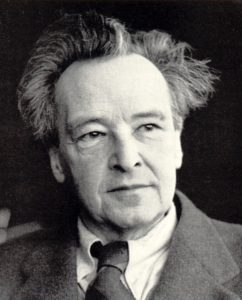
Arthur Honegger
“[In Giselle] Arthur Honegger proved to be not only the most diligent of friends but also the most understanding, the most enlightened, the most disinterested artist, the one most determined to push on for the sake of art. On this occasion, concrete music was born. We worked in very close communion then, like merry accomplices…”
Ma vie
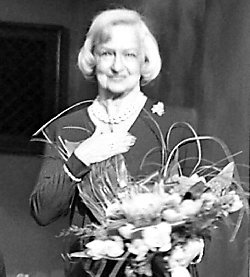
Lillan Ahlefeld-Laurvig
“Lillan Ahlefeld-Laurvig, the countess with a heart of gold and pure soul, my spiritual muse and faithful friend under all circumstances…”
Les Mémoires d’Icare
